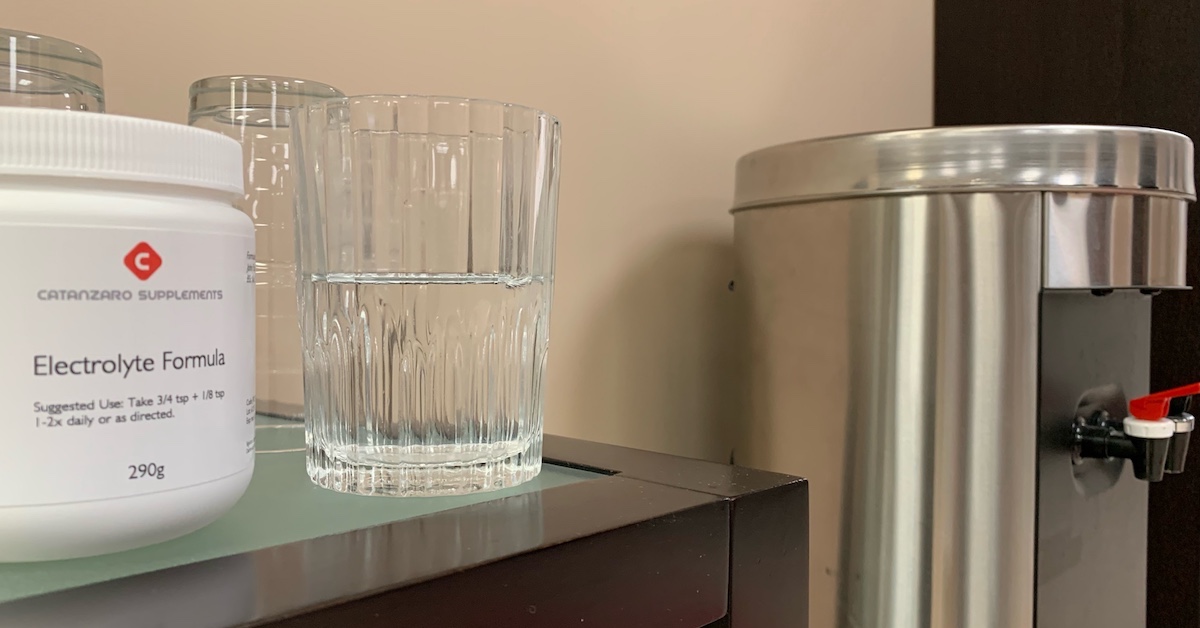Rule #1: Doing high-rep sets at the beginning of a workout increases lactic acid levels and inhibits the recruitment of high-threshold motor units, decreasing strength.
Rule #2: Pyramiding from high reps to low reps crosses too many borders and confuses the body. Keep intensity within a narrow range.
Rule #3: There’s an inverse relationship between maximum reps performed and rest intervals—lower reps require more rest, and higher reps require less.
Rule #4: Workouts should not exceed one hour to optimize anabolic hormone levels and minimize catabolic hormone levels.
Rule #5: A slow, controlled tempo minimizes momentum and reduces injury risk.
Rule #6: The greater the training age, the lower the average reps per set. Advanced trainees should primarily use low rep ranges.
Rule #7: There’s an inverse relationship between reps and sets—the higher the reps, the fewer sets required, and vice versa.
Rule #8: Natural trainees should not train more than two days in a row. Split training (multiple sessions per day) should be used sparingly.
Rule #9: Most individuals make progress for 3–4 weeks before stagnating. Change your routine monthly.
Rule #10: Carbohydrates are not required to build muscle. You can gain size and strength on a low-carb diet.
For the most part, I follow these rules and advocate them regularly—but what if you did the opposite? Let’s go on a journey and find out.
The Birth of an Idea
It started in December 2009 when my son was born. A month later, we started receiving visitors.
One Sunday, a couple we had known for years came over with their kids. Something was off between them—there was no communication, tension in the air. She looked unhappy, and he had gained weight and seemed depressed.
If there were ever a textbook case of andropause, this was it. My buddy had always been strong, but now he looked completely out of shape. It was a sad sight.
Fast Forward Seven Months
By summer 2010, it was our turn to visit them. We hadn’t seen them in a while, and I didn’t know what to expect.
It was an overcast, chilly Sunday—one of the few bad weather days that summer. Our friends had a pool, and when we arrived, their kids were swimming. Naturally, my daughters wanted to join them.
I wasn’t planning to get in. It was freezing, and I had no bathing suit. But my 5-year-old insisted on going into the deep end—even though she could barely swim. There was no way she was doing that without an adult.
Then, out of nowhere, my buddy—let’s call him G—stepped forward.
“I’ll go in with them, John Paul,” he said.
Something was different. G looked good. Way better than when I last saw him. And he had this huge smile on his face.
“Great! Be my guest,” I said.
A few minutes later, G returned… and things got even weirder.
The Speedo Revelation
G stood in front of me in a Speedo—and he was jacked!
“Holy cow, G, you’ve put on some muscle!” I said.
“Yeah,” he replied. “I’ve been lifting a lot these past few months—at least five or six times a week.”
I was surprised. G used to have bad knees, shoulders, and elbows. He had been a strong lifter at 185 pounds—benching four plates per side—but had quit years ago due to joint pain.
“What about your joints?” I asked.
“Well,” he said, “I don’t lift too heavy anymore. I train two body parts a day and keep my reps fairly high—anywhere from 10 to 20 per set. I always get a good pump. I do enough sets, and my body keeps growing. Best of all, no joint pain!”
Now, G is half French and half Portuguese—not exactly a genetic outlier. Clearly, he was doing something right. Not only had he changed physically, but his mental and emotional state had improved dramatically. He seemed like a whole new person.
Success leaves clues, and it got me thinking—maybe G was onto something. Or maybe he was on something (who knows?). Either way, I had recently been seeing great results with my own training, and I wondered if I could combine our methods to create a super potent plan.
Continued in Part 2.

Stretching Smarter: The Do’s and Don’ts for Maximum Flexibility
By JP CatanzaroOriginally published: September 23, 2014 – Updated for 2025 Want to boost flexibility, prevent injuries, and optimize performance?

Training Economy: How Weight Training Can Be Your All-in-One Fitness Solution
Recent research has once again confirmed what many in the weightlifting community already know: weight training isn’t just for building

Introducing Our Electrolyte Formula: Your Workout’s New Best Friend!
Remember those days when a solid workout left you drained, or annoying muscle cramps were stealing your gains? Been there,
follow
Error: No feed with the ID 2 found.
Please go to the Instagram Feed settings page to create a feed.
